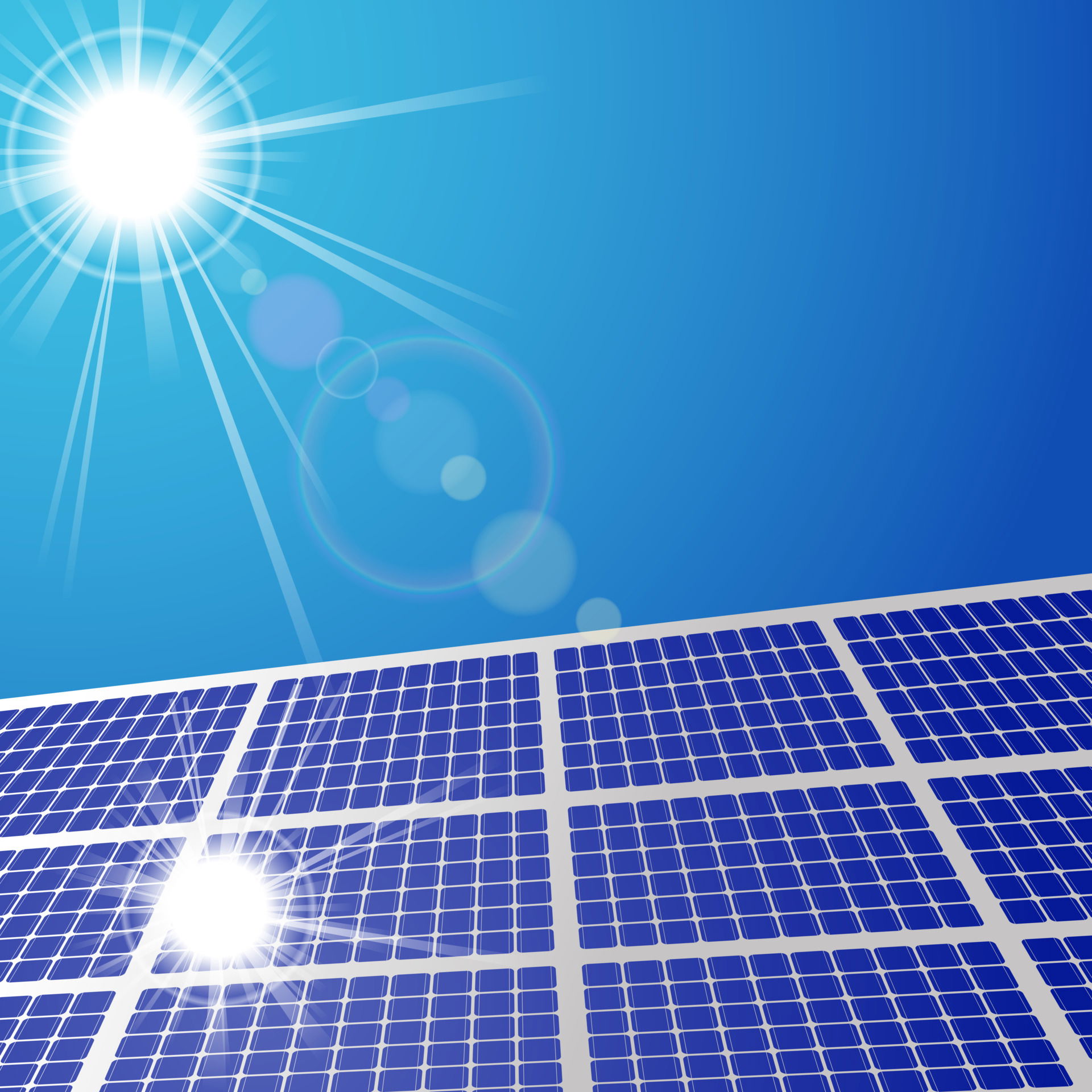The Future of Renewable Energy: Exploring Emerging Technologies

By Michael Jumba
Renewable energy sources such as solar, wind, hydro, and geothermal have become increasingly popular in recent years due to their potential to reduce greenhouse gas emissions and combat climate change. However, as technology advances, new and emerging technologies are being developed that promise even more efficient and sustainable energy production. In this article, we will explore some of the most exciting emerging technologies in renewable energy and what they mean for the future of energy production.
Solar Energy: Solar energy is one of the most widely used renewable energy sources today. However, emerging technologies such as perovskite solar cells and solar skins are promising to make solar energy even more efficient and accessible. Perovskite solar cells are a new type of solar cell that has the potential to be cheaper, lighter, and more flexible than traditional silicon solar cells. Solar skins, on the other hand, are a type of solar panel that can be custom-designed to match the appearance of a building's exterior.
Wind Energy: Wind energy is another popular form of renewable energy, but it has traditionally been limited to areas with consistent wind patterns. However, floating wind turbines are an emerging technology that could significantly expand the potential for wind energy production. Floating turbines can be placed in deeper waters and can be anchored to the seafloor, providing access to more consistent winds that are not available with traditional land-based wind turbines.
Hydro Energy: Hydro energy is a form of renewable energy that uses the flow of water to generate electricity. Emerging technologies such as marine energy converters and wave energy converters are promising to make hydro energy production even more efficient and sustainable. Marine energy converters use the kinetic energy of ocean currents to generate electricity, while wave energy converters use the up-and-down motion of waves to generate electricity.
Geothermal Energy: Geothermal energy uses the Earth's natural heat to generate electricity. Emerging technologies such as enhanced geothermal systems and closed-loop geothermal systems are promising to make geothermal energy production more accessible and efficient. Enhanced geothermal systems use hydraulic fracturing to create artificial reservoirs of hot water that can be used to generate electricity. Closed-loop geothermal systems use a series of pipes buried in the ground to transfer heat from the Earth's interior to a building's heating and cooling system.
In conclusion, emerging technologies in renewable energy are promising to make energy production even more efficient and sustainable. From perovskite solar cells to marine energy converters, these technologies have the potential to transform the way we produce and consume energy. As we continue to invest in renewable energy research and development, we can look forward to a future where sustainable energy is accessible to all.


